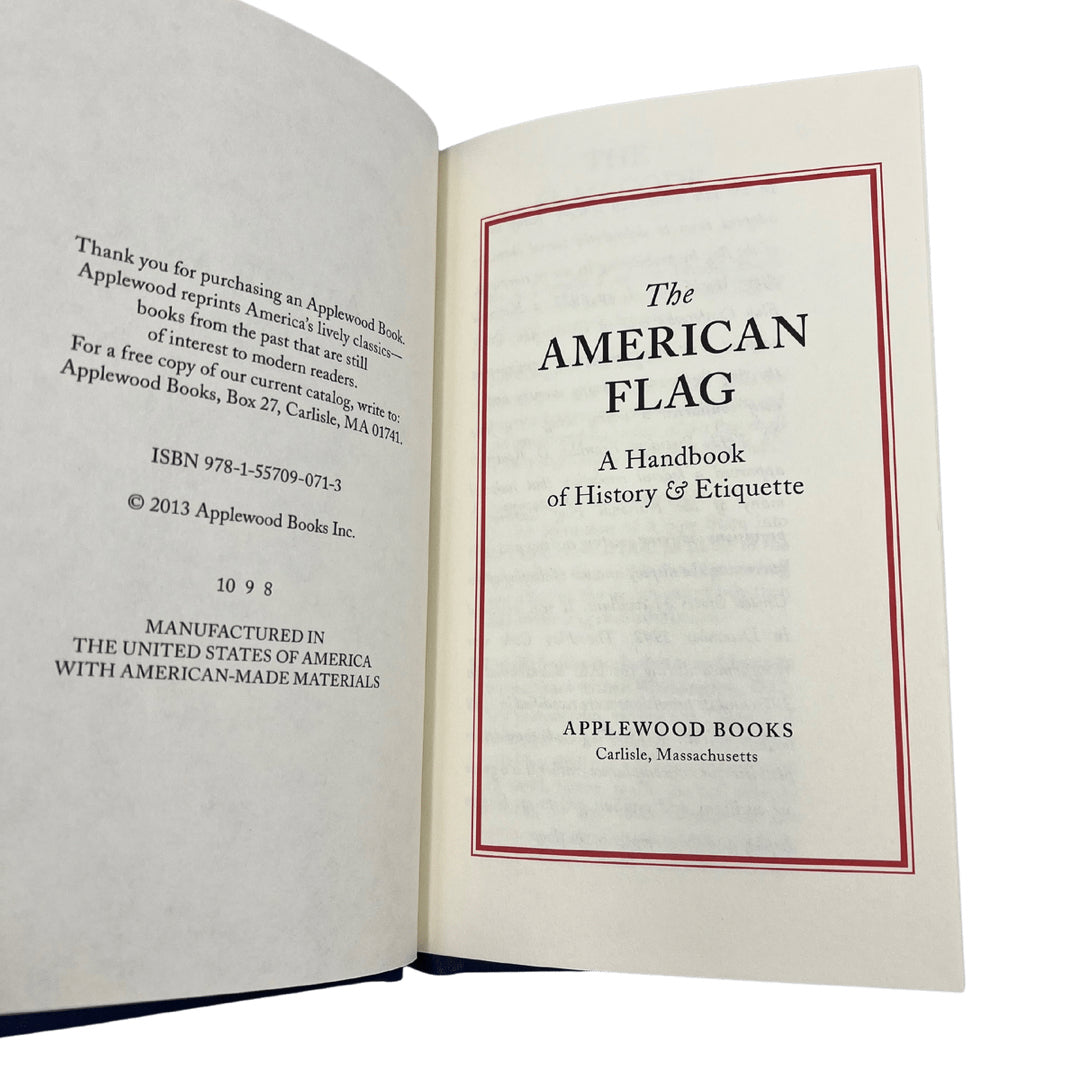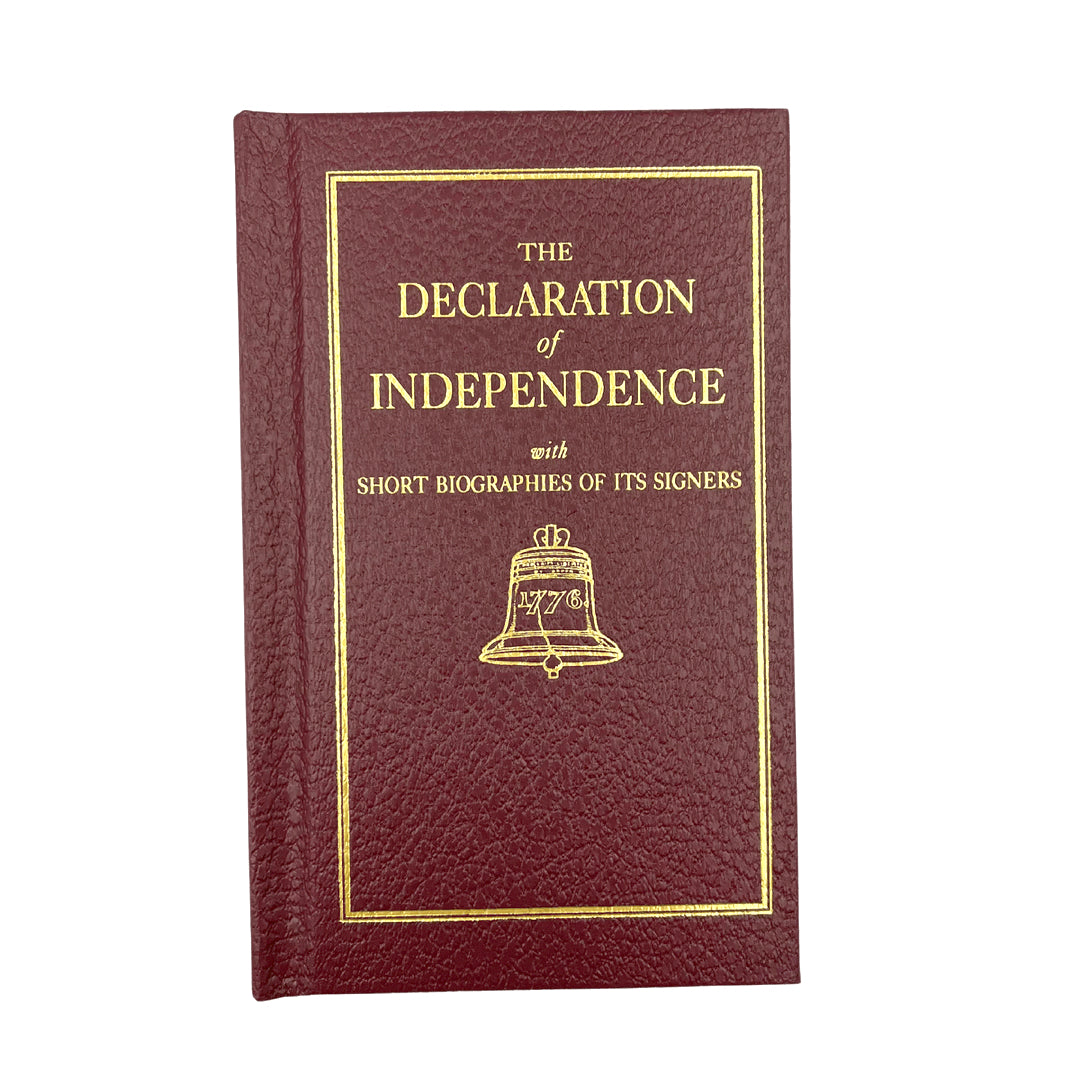George Washington Signature Collage
$32,500.00
Presented is an original George Washington signature, presented framed with an oval chromolithographed portrait of George Washington printed by E. C. Middleton. The cut signature reads “G. Washington” signed in black ink. This rare George Washington cut signature was one of several prominent American statesman autographs collected together and bound in a 1809 volume of the Baltimore Evening Post.
Paired with the cut signature is a 19th century chromolithographic portrait of George Washington, printed by E. C. Middleton. Uniquely printed in oil paint, this chromolithograph features Washington's likeness in a three-quarter pose with elegant dress. Stylistically, it is based off of Gilbert Stuart's original Athenaeum portrait of Washington. The Athenaeum portrait, given its name for the location where it was held after Stuart's death, is one of the most famous depictions of the nation's first president that exists today. It was produced as a result of one of only three sittings that George Washington participated in for the painter Stuart.
The father of our country, George Washington was the commander in chief of the Continental Army during the American Revolutionary War (1775-83) and served two terms as the first United States president, from 1789 to 1797.
The son of a prosperous planter, George Washington (1732-1799) was raised in colonial Virginia. As a young man, he worked as a surveyor then fought in the French and Indian War. First named a commander of the Virginia militia, he was eventually put in charge of all of Virginia’s militia forces. In 1759, Washington resigned his commission, returned to Mount Vernon, and was elected to the Virginia House of Burgesses, where he served until 1774.
Washington served as a delegate to the First Continental Congress in 1774 in Philadelphia, where he met with other representatives of the colonies to discuss their future under growing British aggression and taxation. By the time the Second Continental Congress convened a year later, the American Revolution had begun in earnest, and Washington was named commander in chief of the Continental Army. Over the course of the grueling eight-year war, the colonial forces clashed with British forces. Up against a much larger, well trained and well funded British army, the Continental Army won few battles, yet continued to fight hard for their independence. In October 1781, with the aid of the French, the Continental forces were able to capture British troops under General Charles Cornwallis in the Battle of Yorktown. This action effectively ended the Revolutionary War and Washington was declared a national hero.
After the signing of the Treaty of Paris, Washington gave up his command of the Continental Army and returned to Mount Vernon, intent on resuming his life as a farmer. In 1787, he was asked to attend the Constitutional Convention in Philadelphia and head the committee to draft the new Constitution. His impressive leadership there convinced the delegates that he was by far the most qualified man to become the nation’s first president. Less than three years after leaving office, he passed away at his Virginia plantation, Mount Vernon, at the age of 67.
CONDITION:
Very good condition overall. Signature in black ink, on cut toned paper. Ink has faded from black to dark brown, but is still legible and strong. Cut signature has been archivally lifted from a larger page of pasted cut signatures. Middleton oval chromolithograph in oil paint is in good condition. Several small losses and chips to the oil paint, mostly in the black background and not affecting the main portrait. Light toning to oil paints.
The cut signature and lithograph are framed together in a custom, archival frame, with acid-free black linen mat, gold spandrels, a descriptive gold-leaf plaque, UV Conservation Clear glass, and a hand-built black and gold frame.
Framed dimensions: 34” H x 26 1/2” W x 1 1/2” D.
Share:
Related Items
Antiques
American-Made Goods
News & Updates
Sign up to get the latest on sales, new releases and more …
© 2024 The Great Republic. All Right Reserved.












